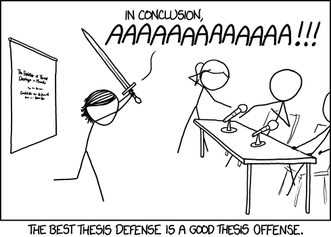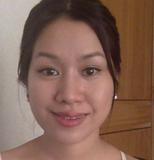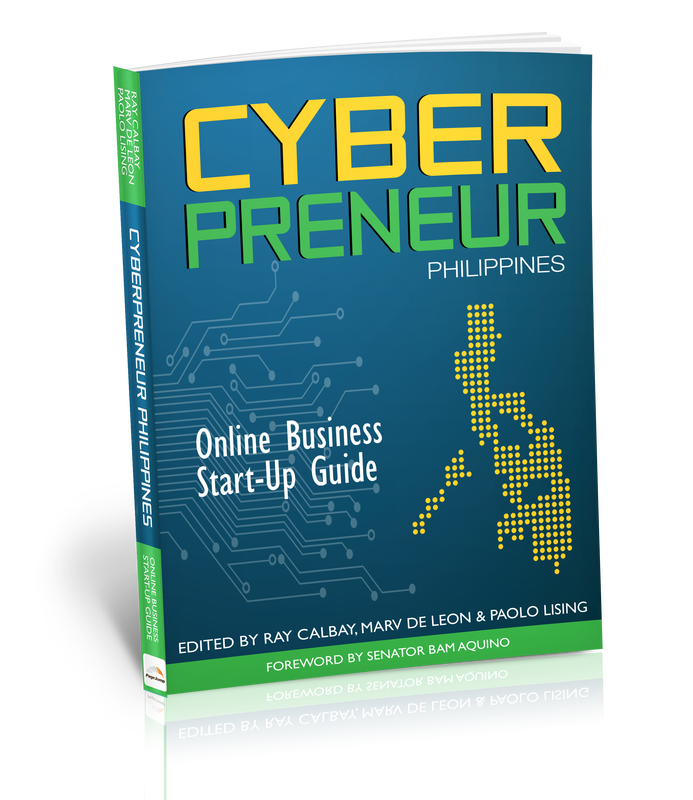 image via: http://imgs.xkcd.com/ image via: http://imgs.xkcd.com/ Strama refers to Strategic Management. In Ateneo GSB, it is the last subject an MBA student needs to take before graduation. Strama is an application of all learnings at MBA school. A student is required to have passed all other core subjects before he/she is allowed to enroll in it. Strama is unique in that it involves the top 2 things that could possibly kill a student's MBA ambition: the Strama paper and the panel defense. The Strama paper is a 100-plus-page paper on a subject company describing that company's problems and the student's offered solutions. It's like a science investigative project, only that it's for business. Before starting your paper, you need to find a company that has at least 50M pesos in yearly revenue and has at least 3 years worth of financial statements. Ateneo is very strict with these requirements. If your chosen company doesn't pass any one of these 2 criteria, they will not let you proceed. The sooner you get this part cleared, the earlier you get to start with your actual Strama work. May I also add that before deciding on your company, it helps to do a quick Google check first on the industry where it operates. For instance, if you've chosen Jollibee, check out the quick-service restaurant industry first. If you can find data on market size, competitors, etc, then you're good. The defense happens a few weeks after your paper has been accepted. During the defense, you get to present your paper to 3 panelists for 30 minutes. But then they also get to grill you for 30 minutes. So make sure to prepare thoroughly. Before I took my Strama, I used to ask MBA grads about their Strama experience. I'd feel uncomfortable whenever they talk about being “grilled” by professors. They make it sound so awful I could really visualize them being barbequed while presenting. This image haunted me the entire time I was preparing my Strama paper. Perhaps this also helped me, in a way, since it made me more attentive to advises. I took notes of what everyone had to say. But now that I’ve finished my Strama, I could very well tell you that the defense wasn't really as bad as others portray it to be. My defense started with me going through my keynote sides with the panelists. I had 20 slides all in all. Since I only had 30 minutes, I just went through the most important part. After that, the panelists started asking questions. Each of them had printed copies of my paper, complete with notes and highlighting. They seemed to have read everything prior to the presentation, so they came in with all sorts of questions already. They also asked about the presentation. And they compared my presentation to my paper. If you practice ahead, then there's no need to worry. The panelists had positive comments. They had not-so-positive comments too. At first I felt intimidated by their seemingly endless questions and comments. It seemed to me that they'd never run out of things to say about every slide I presented. It was one versus three, so somehow it felt like the inquisition. But then I decided to make it sound like I was just brainstorming and gathering ideas with them. This worked for me. I took note of all their comments and feedback and promised to “update my paper” based on this. After the defense, they asked me to go out of the room so they could deliberate. Then they called me and told me I passed and that it’s now ok to take photos. We took a groupie and that was it. :) Update: Here's part 2 of this post in case you want additional tips. |
AUTHOR
I'm passionate about business, art, and technology. For more about me, click here.
BOOK PROJECT
Here's a book I co-wrote with a bunch of industry colleagues. Not sure if you'll find it useful, but feel free to check once you can. OTHER SITES
Personal
Tortured squid Hobbies & other stuff Work LegalMatch Philippines Artcebu Others Ateneo Graduate School of Business University of San Carlos Archives
October 2020
|

